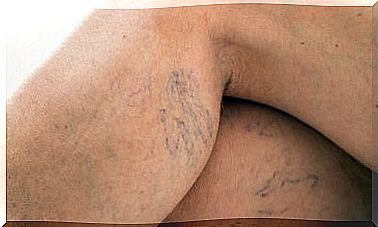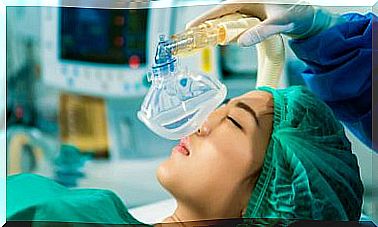Liver Metabolism: Antibiotics And Alcohol
Have you ever heard that you should not drink alcohol when you are taking medication? Much more so, when these drugs are antibiotics, precautions are extreme. The reason mixing alcohol with antibiotics is detrimental to your health lies in liver metabolism, a process that takes place in the liver. However, in order to explain this process it is important to clarify some concepts.
What is an antibiotic?
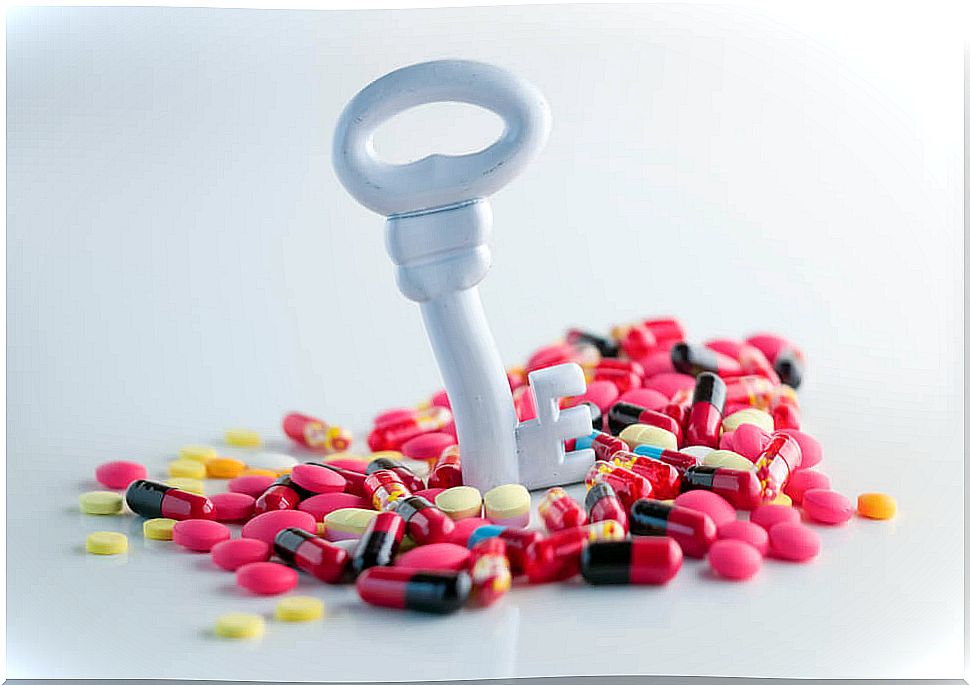
An antibiotic is a chemical substance produced by a living being or synthetic derivative that kills or prevents the growth of certain classes of sensitive microorganisms. These are drugs used in the treatment of bacterial infections, hence they are also known as antibacterials.
Antibiotics generally help an individual’s defenses until local responses are sufficient to control the infection. An antibiotic is bacteriostatic if it prevents the growth of bacteria, and bactericidal if it destroys them, and can also generate both effects, depending on the case.
What is alcohol?
Alcohol is a central nervous system depressant drug that progressively inhibits brain functions. It is characterized by the appearance of intoxication symptoms that affect brain activity, generates lack of motor coordination and produces behavioral changes.
Regular and prolonged use of this substance causes inflammation and destruction of liver cells ( liver cells). This results in the person suffering from cirrhosis.
What is the function of the liver? How is the liver metabolism?
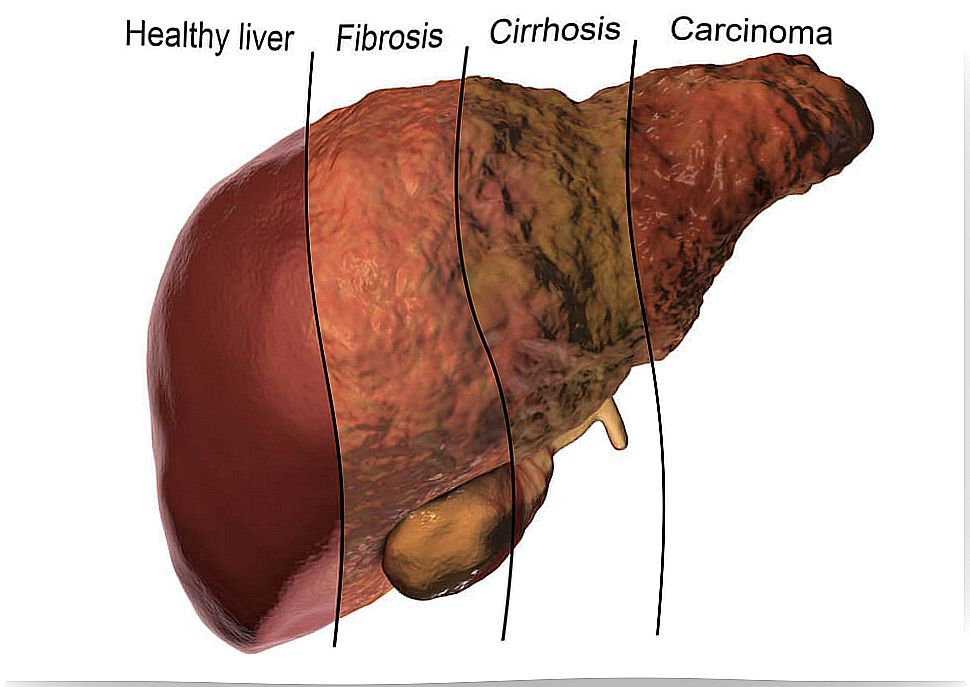
The liver is one of the most important organs because it performs multiple functions for the body. This is mainly due to the large number of important functions that you carry out throughout the day.
Among the functions in which it participates we can mention its role in metabolism, it controls proteins in the blood and the distribution of some nutrients such as iron, regulates cholesterol and triglycerides and performs the function of eliminating toxins.
One of the main functions of the liver is to filter toxic materials from the body. Since both antibiotics and alcohol are toxic, their metabolism takes place in the liver.
When there is an accumulation of this toxic material we will speak of a toxic hepatitis. In order to determine if the liver metabolism is working properly, we can resort to liver function tests. These tests are analytical used to evaluate the activity of the liver.
Liver function tests
Liver function tests, to determine liver function, measure certain proteins, enzymes, and substances including:
- Bilirubin : it is a yellow substance that is part of the bile. This substance is formed when red blood cells break down. There are tests that detect bilirubin in urine and blood. in the case of bilirubin in the blood, when it is in excess it can cause jaundice.
- Aminotransferases: enzymes that reflect the integrity of the hepatocyte. In this way, they increase in hepatocellular necrosis, that is, when liver cells die.
- Alkaline phosphate (Fa) : the most sensitive marker of cholestasis, although it is not specific to a single disease.
Toxic hepatitis
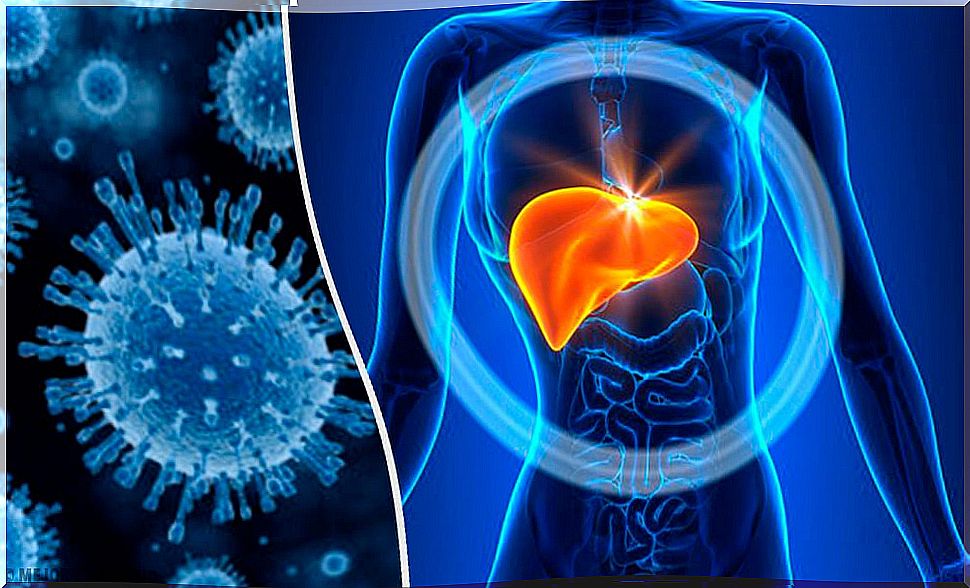
Toxic hepatitis is a term that refers to inflammation of the liver. The causes of this inflammation can be very varied, the most frequent being infectious causes. However, there are also other causes such as an abnormal reaction to the consumption of a drug or exposure to toxic substances from nature.
Apart from the mentioned causes, toxic hepatitis can also be caused by mixing antibiotics with alcohol. This is because both are toxic substances and when combined they interact. When this happens we can distinguish between two mechanisms.
- Direct or intrinsic toxicity : both alcohol and antibiotics are toxic and both are metabolized in the liver. Thus, if the liver metabolism becomes overloaded, it will not be able to handle the demand for work and hepatitis will result.
- Idiosyncratic Toxicity : There are certain antibiotics that interact with alcohol and become inactivated. This causes them to stop working and does not fulfill its function of killing bacteria. The big problem in this case is that the bacterium that was intended to end becomes resistant to the antibiotic, so it will be much more difficult to kill it.
To illustrate idiosyncratic toxic hepatitis, we can mention the antibiotic: amoxicillin-clauvulanate. Currently this drug is the most common cause of idiosyncratic toxic hepatitis in the West. Mixed with alcohol, it inactivates, causing the bacteria to become resistant. So in the future, this bacterium cannot be eliminated using amoxicillin-clauvula.
Risk of resistance
Currently, the resistance of bacteria to antibiotics is increasing, and a serious public health problem in the global population. To avoid this, we must adequately follow the guidelines for medications, not self-medicate or take antibiotics to treat viral diseases such as flu or colds, as well as avoid the consumption of antibiotics with other substances such as alcohol.



